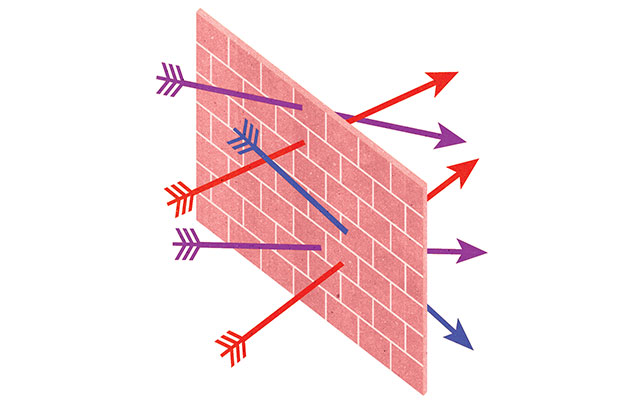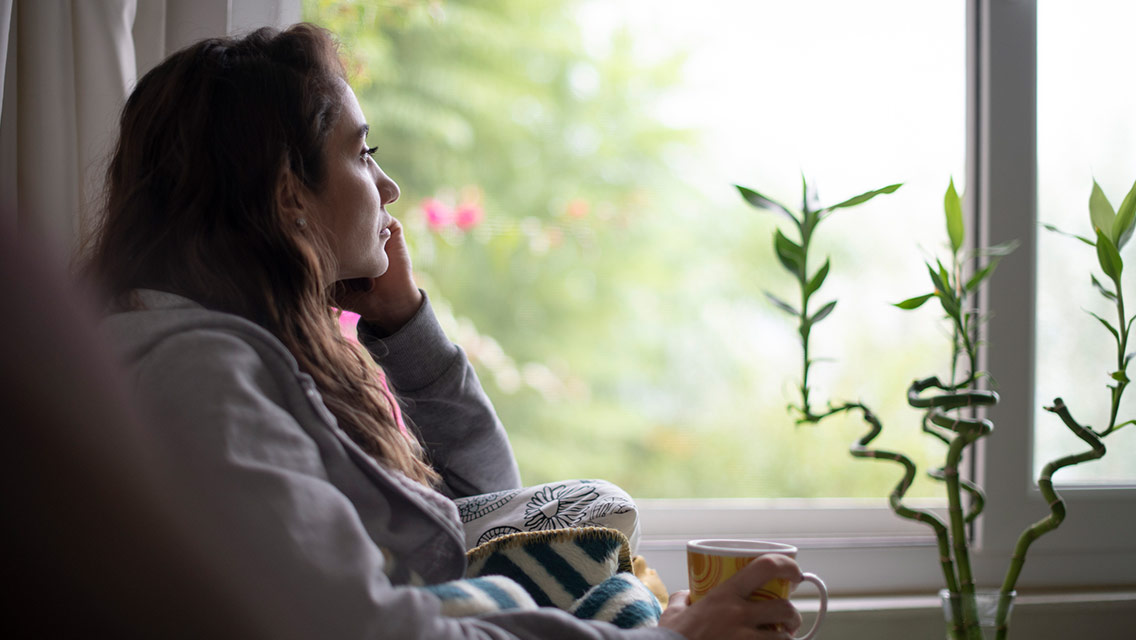As a kid, I hated my naturally curly locks and hoped they would fall out. I wanted straight, shiny hair, because my older sister told me that was cooler than curls.
Now that I’m older and have endured the heartache of hair loss, I’ve learned to be more careful about what I wish for — and to appreciate what I have.
My hair started falling out when I was in the third grade. At first, my hairline receded an inch; then a sparse patch appeared over each of my ears. Alarmed, my parents took me to a doctor, who diagnosed me with alopecia, an autoimmune condition that causes hair loss.
Additional blood tests revealed I also had Hashimoto’s and MTHFR, a gene mutation that I thought made me sound like a superhero. It was a lot for a 9-year-old to handle — and my doctors didn’t offer much in terms of a treatment plan.
By sixth grade, I had also developed severe and persistent cystic acne, a common symptom of thyroid conditions like Hashimoto’s.
Over the next year, I transitioned from styling my hair with strategically placed bobby pins to wearing a wig full-time; underneath, my scalp was completely bald. In a painfully ironic twist, people complimented my hair all the time: They didn’t realize that I actually had none.
Sensitive and introverted by nature, I became reclusive. I left my public school and enrolled in Homebound, an alternative program for kids with extenuating health circumstances. I threw myself into my schoolwork and, while I maintained a close group of friends, I spent much of my adolescence alone in my room.
Searching for Answers
My most formative years were a perpetual struggle to keep my skin clear and my hair growing. I tried steroid creams and foams, dermatologist-prescribed facial treatments, supplements, and vitamins.
These remedies often produced adverse reactions. Doctors had no answers, just a lot of prescriptions that didn’t work or caused new symptoms. I felt miserable and hopeless.
That’s when my mom began searching for alternative solutions. Her research turned up functional-nutrition and hormone coach Jill Grunewald, HNC, who not only battled her own Hashimoto’s into remission, but also overcame several bouts of alopecia, regrowing her hair on multiple occasions. If anyone could help me, we thought it would be her.
A New Way of Eating
I dreaded my first phone call with Jill in 2014, because I suspected she’d want me to overhaul my eating habits. Even though nothing had worked before, I still wanted a pill to fix everything.
Indeed, my diet was Jill’s initial focal point, and our work together began with my cutting out gluten, dairy, nightshades, and eggs. I’d never been a big fan of vegetables, but suddenly they were at the center of my diet.
I also took a hydrochloric-acid test, which revealed that I wasn’t absorbing enough nutrients from my food because I didn’t have enough stomach acid for proper digestion. So Jill suggested extra measures to heal my gut. I took probiotics and glutamine, and I sipped mugs of bone broth for its healing properties.
A total gut overhaul comes with a lot of challenges. I was already isolated; now I couldn’t do a lot of the things my friends wanted to do. When we went out to eat, I couldn’t order anything.
I’m pretty stubborn, though, and that worked in my favor. I refused to stray off course, and after about eight weeks, I began to see a difference: My acne had subsided, and a little peach fuzz was growing on my scalp.
After years of trying so many products and prescriptions that didn’t help, I was shocked by how profoundly a healthier diet improved my condition. It was exhilarating to finally make progress. These small improvements boosted my mood and made it easier to stay on the protocol.
Under Jill’s supervision, I stayed in the elimination phase for a year — much longer than the average patient because it was clear that I had a lot of food sensitivities. Then, I hit a plateau: I wasn’t losing my new hair, but it wasn’t growing much, either.
Jill suggested that the stress of maintaining a restrictive diet might be taking a toll on my immune system, and we needed to find other ways to support my thyroid health. Because of my combined Hashimoto’s and MTHFR, she referred me to thyroid expert Amy Myers, MD, in Texas.
Amy prescribed iron supplements, CoQ10, and evening-primrose oil, as well as acupuncture treatment for stress relief. The acupuncture seemed to accelerate my progress, and I began supplementing that therapy by applying castor oil and essential oils to my scalp.
I also started a neurofeedback program with David Haase, MD, a functional-medicine practitioner near my home in Tennessee. I watched movies with electrodes attached to my scalp, which stimulated the reward center of my brain every time it found a new pathway to process the information. After about 40 sessions, I noticed a drastic improvement in my mood — I became less gloomy and was hopeful I’d see even more positive results.
Finding a routine to manage my stress made all the difference for my health. I was finally able to relax, and my social anxiety began to dissipate. Best of all, my skin problems and alopecia continued to improve.
A Shift in Perspective
Before my mom found Jill, I tried everything, but no one was able to offer a clear treatment plan. Through this process, I’ve come to value holistic treatments, and I know there’s no such thing as a quick fix.
I was lucky to find knowledgeable experts who were willing to offer me something real, and everyone we worked with was another step in the process. It takes a village, but it was Jill who really taught me what I needed to know to move forward.
These days I’m in a managing phase. I would love to have perfectly clear skin and all my hair back, but that isn’t even my main goal anymore.
What I want more than anything is to manage my stress and keep my body and mind healthy. I’ve learned that health is about so much more than being physically sick or well — emotional health is also a big, important piece of the puzzle.
I’ll always have to manage my health conditions, but I’m confident I now have the resources I need to stay on track. Right now, I’m happy to be wig-free and am embracing my curls.
This originally appeared as “Growing Pains” in the December 2017 print issue of Experience Life.
Success Summary
Meet: Claire Cameron, 18, a high school student in Franklin, Tenn.
Big Achievements: Sticking with a difficult elimination diet to manage her Hashimoto’s and alopecia symptoms, and ultimately regrowing her hair.
Big Inspiration: “Sheer stubbornness is what really inspired me,” Claire says. “It’s just my personality. But when I started seeing results in hair, skin, mood, and overall well-being, that motivated me all the more.”
What Worked: Eliminating inflammatory foods and embracing stress-management techniques, such as acupuncture and neurofeedback. Claire also cites certain supplements — iron, probiotics, and evening-primrose oil — that contributed to her progress.
What Didn’t Work: Prescription treatments like skin foams and steroids didn’t address the root cause of Claire’s condition — and they often caused new or worsening symptoms.
Words of Wisdom: “A lot of people expect one thing to be the cure, like a prescription or cream or something. It’s not that simple. You have to take care of your health and overall well-being from a lot of different angles — and there won’t be one easy answer that fixes all the problems.”




This Post Has 0 Comments